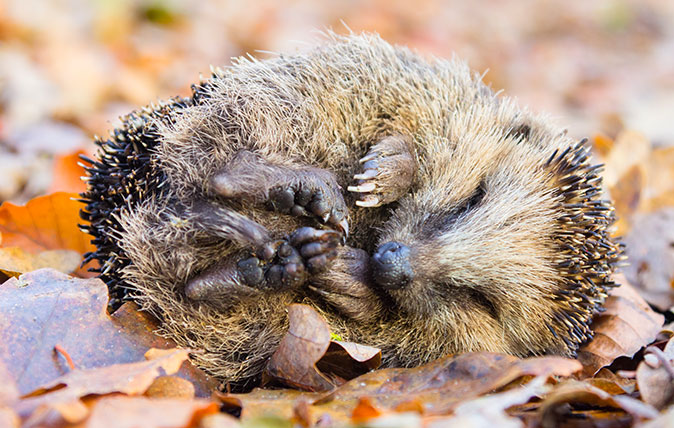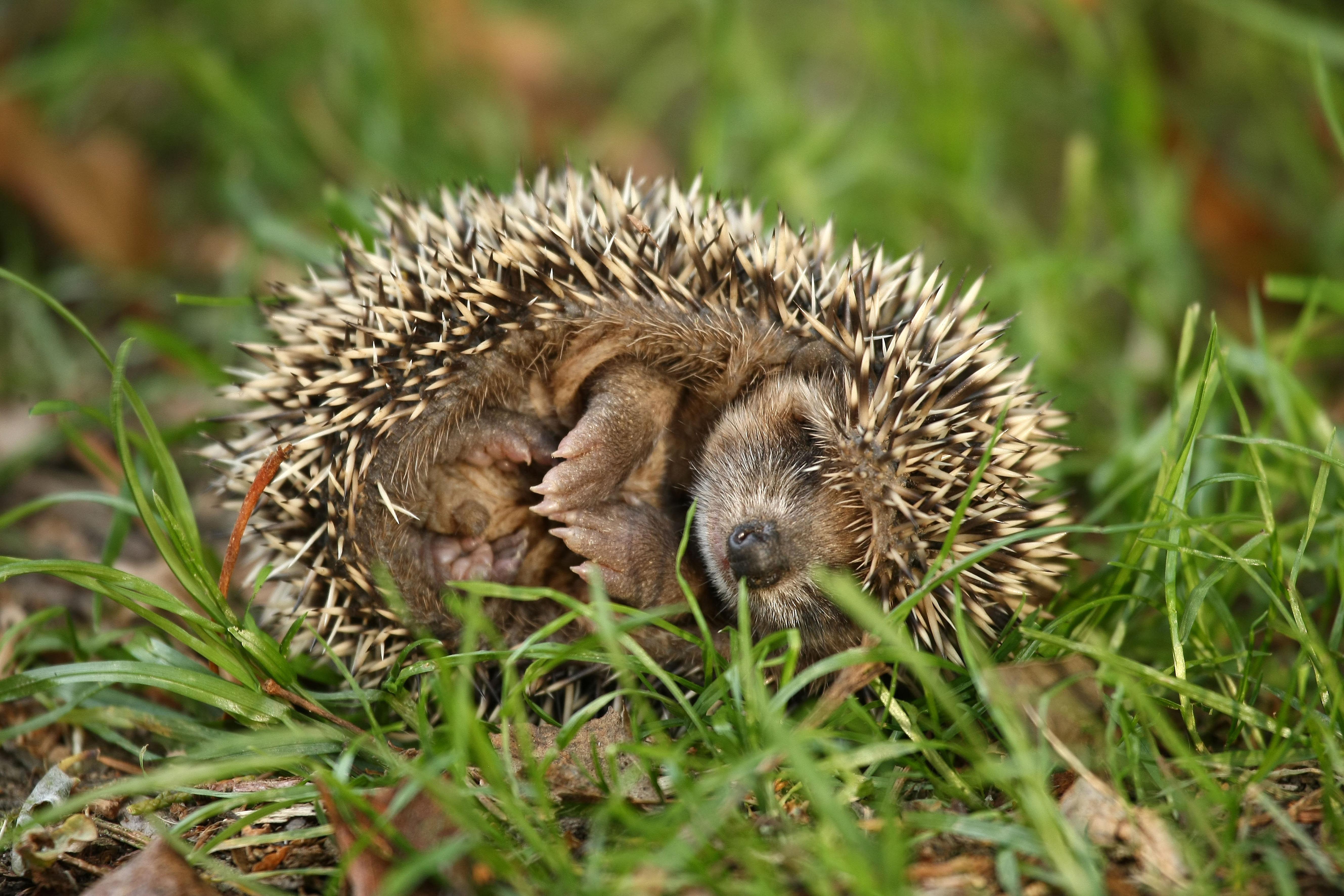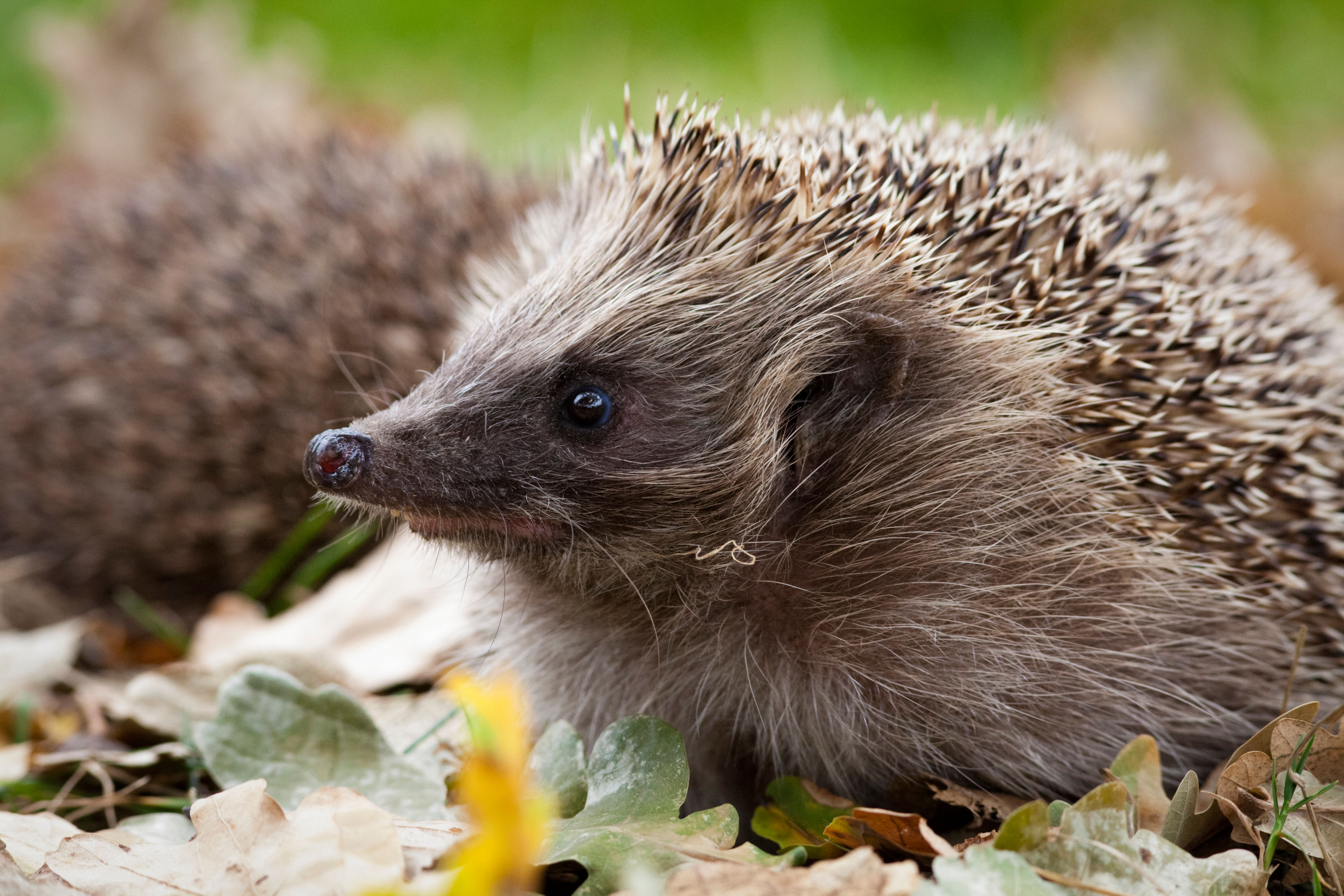Bonfire Night poses 'most treacherous' time for hedgehogs — here's how you can help
Our spikey friends are dwindling in numbers, and with Guy Fawkes Night looming, the public are urged to take great care to protect them from further decline.

Since 2000 hedgehog numbers have dropped by 50% in rural areas, and animal charities are urging the public to help prevent further loss this autumn.
Bonfire Night is the most treacherous time of year for the much-loved species, as hedgehogs crawl into unlit bonfires and perish when they are lit.
And with Covid-19 putting paid to large fireworks displays, a record number of people are expected to have their own bonfires — meaning that less experienced bonfire builders could unwittingly put hedgehogs in peril.
'Bonfires appear to hedgehogs to be ideal places for shelter,' says Sean McMenemy, garden wildlife expert and director of Ark Wildlife.
'Made from natural materials like wood and compost and full of small nooks and crannies to crawl into, it’s unsurprising that hedgehogs can easily mistake them for habitats. With more back garden bonfires taking place this November there’s an even greater threat to hedgehogs than usual, so we all need to be vigilant.'
Fay Vass of the British Hedgehog Preservation Society echoed those concerns, saying that 'a pile of bonfire material looks like a five-star hotel to a hedgehog, and of course we have other plans and are going to set fire to it.'
Sean McMenemy offered these tips to those having their own bonfires:
Exquisite houses, the beauty of Nature, and how to get the most from your life, straight to your inbox.
- Don’t build it until the same day that you will light it. The longer it’s left for, the more likely that a hedgehog will find its way into your bonfire.
- If you need to build your bonfire in advance, make sure you place chicken wire one metre high all the way around the bottom. This should be placed at an outward angle to make it more difficult for hedgehogs to climb.
- If you have stored materials for your bonfire outdoors before building it, move them to a different patch of ground before you start.
- Always place the bonfire on open ground – never on a pile of leaves as a hedgehog may be hiding underneath.
- Always check the entire bonfire for hedgehogs before lighting it. Remember that they tend to hide in the centre and bottom two feet in particular.
- When checking, lift parts of the bonfire section by section using a pole or broom. Do not use a fork, spade or rake as this may injure a hedgehog.
- Use a torch to look inside the bonfire and listen for a hissing sound, as this is the noise that hedgehogs make when they are disturbed or distressed.
- Always light your bonfire from one corner, rather than in the centre, in order to give hedgehogs a chance to escape if they need to.
And if your do come across a hedgehog while performing these checks? Carefully remove it to a safe place far from the fire while wearing gardening gloves, and then return it the next day, after dousing the area with water, so that it can return to the same habitat.

Credit: Getty
Hedgehogs in peril: Time to do your bit to help save Mrs Tiggywinkle
It's time to do your bit to check up on Britain's declining hedgehog population, as Annunicata Elwes reports.

Rise in late-born baby hedgehogs means many may struggle to survive winter in a further blow to the troubled species
Warmer weather means more hedgehogs are born later in the year but they may not make it through winter, adding

Country Life Today: Good news for the urban hedgehog and how you can help the species
In today's round-up we bring you research on hedgehogs from Reading University, a boost for the UK's oldest working suspension